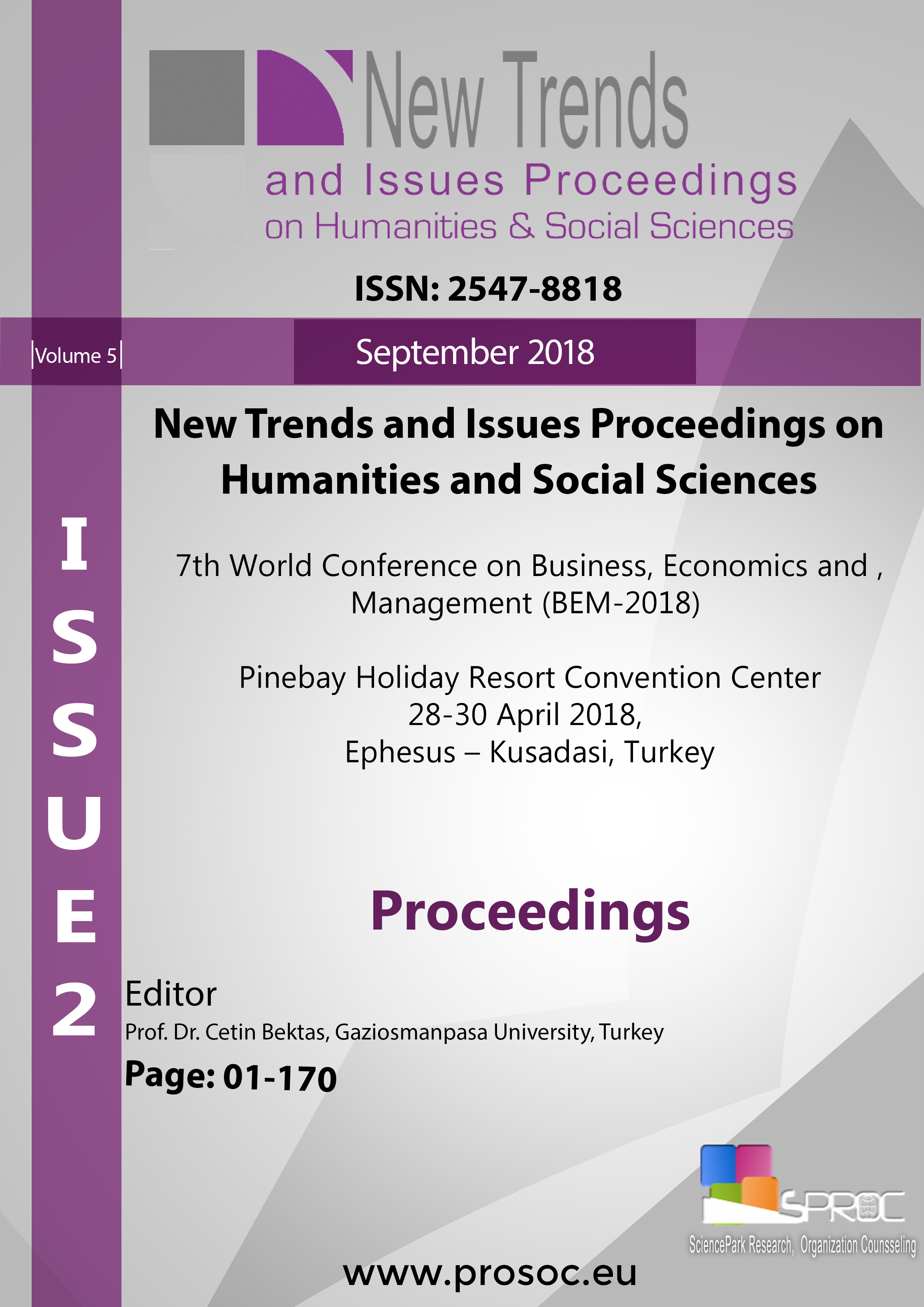M3 as an economic indicator in the Eurozone
Main Article Content
Abstract
The aim of this paper is to analyse the influence of monetary aggregate on economic indicators in the Eurozone. Cointegration, this selected indicator monetary aggregate M3, is demonstrated in relation to the development of Harmonised Index of Consumer Prices (HICP), gross domestic product (GDP), commodity prices and credits using Granger causality. Quarterly data between the years 1996 and 2017 are included in the analysis. Because we did not confirm the long-term relationship of the selected indicators, we continue with Granger causality. We found causal relationships between monetary aggregate M3 and GDP, HICP, commodity prices and credits. In all cases, the selected indicators have the opposite effect in Granger causality too. We also cannot definitely evaluate the effectiveness of the European Central Bank’s monetary policy and cannot confirm the use of monetary aggregate M3 as an economic indicator of future economic development in the Eurozone.
Keywords: Eurozone, GDP, Granger causality, HICP, M3, monetary aggregate.
Downloads
Article Details

This work is licensed under a Creative Commons Attribution 4.0 International License.
Authors who publish with this journal agree to the following terms:- Authors retain copyright and grant the journal right of first publication with the work simultaneously licensed under a Creative Commons Attribution License that allows others to share the work with an acknowledgement of the work's authorship and initial publication in this journal.
- Authors are able to enter into separate, additional contractual arrangements for the non-exclusive distribution of the journal's published version of the work (e.g., post it to an institutional repository or publish it in a book), with an acknowledgement of its initial publication in this journal.
- Authors are permitted and encouraged to post their work online (e.g., in institutional repositories or on their website) prior to and during the submission process, as it can lead to productive exchanges, as well as earlier and greater citation of published work (See The Effect of Open Access).
